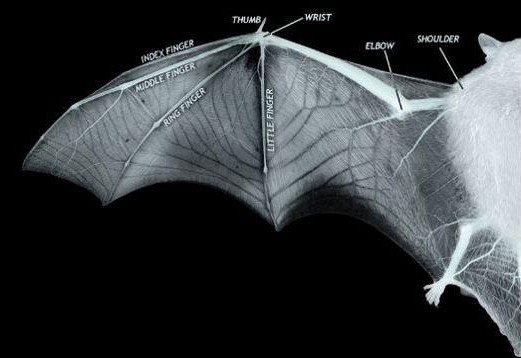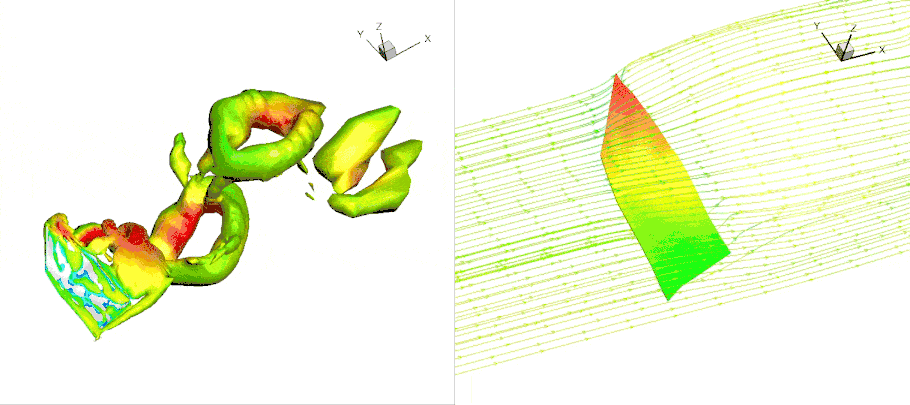
Bat wings bend, twist and deform in response to turbulent airflow, generating lift, thrust and other forces associated with flight. When a bat wing flaps, it forms little doughnut-shaped pockets of air known as vortex rings, expelled behind as the animal moves through the air. Modelling these and the bat’s other aerodynamic forces accurately has proved difficult until now.
The new model, described as a variational aeroelastic framework for 3D turbulent flow and flexible multibody interaction, was developed by a team from the University of British Columbia and the National University of Singapore. According to the engineers behind it, the model captures the complexity of real-life bat flight dynamics and greatly improves on the simplified numerical models that currently exist. It is reported in the journal Computer & Fluids.

“Bats can navigate tight spaces and negotiate gusts of wind with apparent ease,” said Rajeev Jaiman, senior author of the study and a professor of mechanical engineering at UBC. “By understanding how they do what they do, we may be able to design flying devices that operate more effectively than before, including in emergency and military situations.”
Natural flight has been studied for centuries, but most of the focus in recent decades has been on birds and insects. However, bird flight is difficult to model accurately due to the presence of porous feathers, while insect flight – though successfully modelled in some cases – is difficult to scale up for human applications. Bats have wing structures that can be more easily mimicked than birds’, yet capable of much bigger payloads than insects. This makes them a good fit for practical aviation applications.
“Bat wings are elastic structures composed of many different parts, and they interact with air in highly variable and aerodynamically complex ways,” said Jaiman. “Our framework reflects key flight dynamics and could serve as a tool for the design and optimisation of flexible flapping wings in aerial vehicles.”
On the back of their study, the researchers are now working on an AI-enabled “digital twin” for bat flight and will partner with a team at Brown University to develop what they hope will be the most bat-like robot to date.




Project to investigate hybrid approach to titanium manufacturing
What is this a hybrid of? Superplastic forming tends to be performed slowly as otherwise the behaviour is the hot creep that typifies hot...